anchor
First major U.S. exhibition on Yugoslav architecture to open at MoMA this Sunday

Berislav Šerbetić and Vojin Bakić. Monument to the Uprising of the People of Kordun and Banija. 1979–81. Petrova Gora, Croatia. Exterior view. Photo: Valentin Jeck, commissioned by The Museum of Modern Art, 2016.
Don't miss out — “Toward a Concrete Utopia: Architecture in Yugoslavia, 1948–1980” is making its debut at MoMA in New York this Sunday, July 15. “Toward a Concrete Utopia” is the first major U.S. exhibition that examines the distinctive works of Yugoslavia's architects that attracted global interest during the country's 45-year lifespan.
Showcasing Yugoslav architecture's hybridity and its range of styles, the exhibition will have over 400 drawings, models, photographs, and film reels, including works by prominent architects like Bogdan Bogdanović, Juraj Neidhardt, Svetlana Kana Radević, Edvard Ravnikar, Vjenceslav Richter, and Milica Šterić.
The works explore themes of large-scale urbanization, technological experimentation and its application in everyday life, consumerism, and monuments and memorialization. They also highlight the different modes of production and the global reach of Yugoslav architecture.
In case you missed our first preview, here's another sneak peek of the exhibition right below.

Urban Planning Institute of Belgrade. Belgrade Master Plan. 1949–50. Belgrade, Serbia. Plan 1:10000. 1951. Ink and tempera on diazotype, 64 9/16 x 9 3/4″ (164 x 233 cm). Urban Planning Institute of Belgrade.
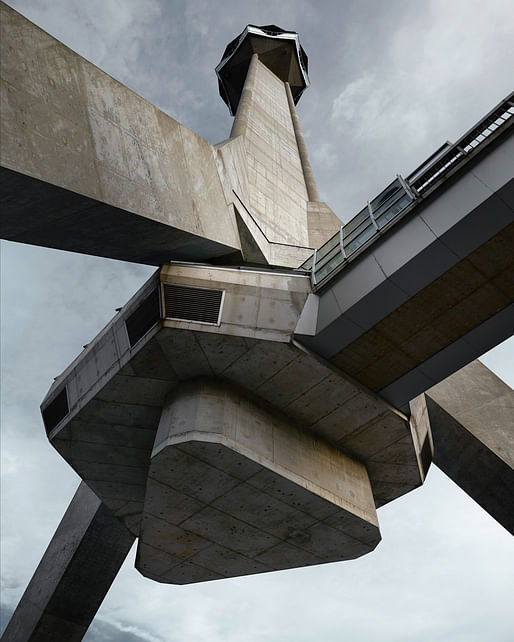
Uglješa Bogunović, Slobodan Janjić, and Milan Krstić. Avala TV Tower. 1960–65 (destroyed in 1999 and rebuilt in 2010). Mount Avala, near Belgrade, Serbia. Exterior view. Photo: Valentin Jeck, commissioned by The Museum of Modern Art, 2016.
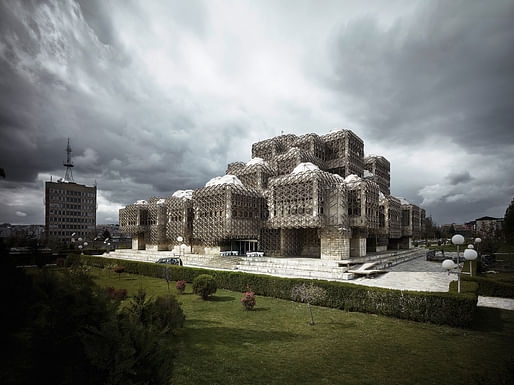
Andrija Mutnjaković. National and University Library of Kosovo. 1971–82. Prishtina, Kosovo. Exterior view. Photo: Valentin Jeck, commissioned by The Museum of Modern Art, 2016.
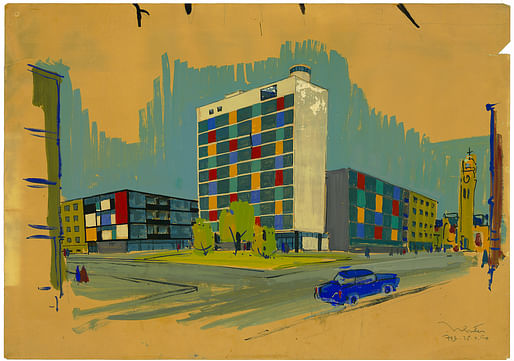
Ivan Vitić. Apartment Building on Laginjina Street. 1957–62. Zagreb, Croatia. Perspective drawing, 1960. Tempera, pencil, and ink on paper, 27 15/16 × 39 3/8″ (71 × 100 cm). Ivan Vitić Archive, Croatian Academy of Sciences and Arts.
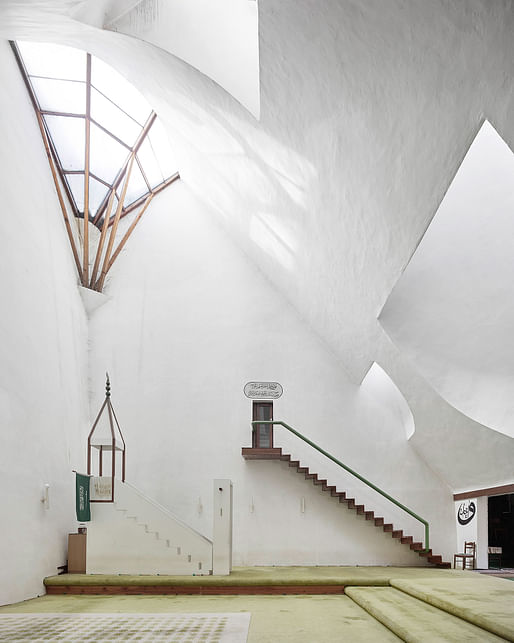
Zlatko Ugljen. Šerefudin White Mosque. 1969–79. Visoko, Bosnia and Herzegovina. Interior view. Photo: Valentin Jeck, commissioned by The Museum of Modern Art, 2016.

Jordan and Iskra Grabul. Monument to the Ilinden Uprising. 1970–73. Kruševo, Macedonia. Photo: Valentin Jeck, commissioned by The Museum of Modern Art, 2016.

Dinko Kovačić and Mihajlo Zorić. Braće Borozan building block in Split 3. 1970–79. Split, Croatia. Exterior view. Photo: Valentin Jeck, commissioned by The Museum of Modern Art, 2016.

Janko Konstantinov. Telecommunications Center. 1968–81. Skopje, Macedonia. View of the Southwestern Block façade. Photo: Valentin Jeck, commissioned by The Museum of Modern Art, 2016.
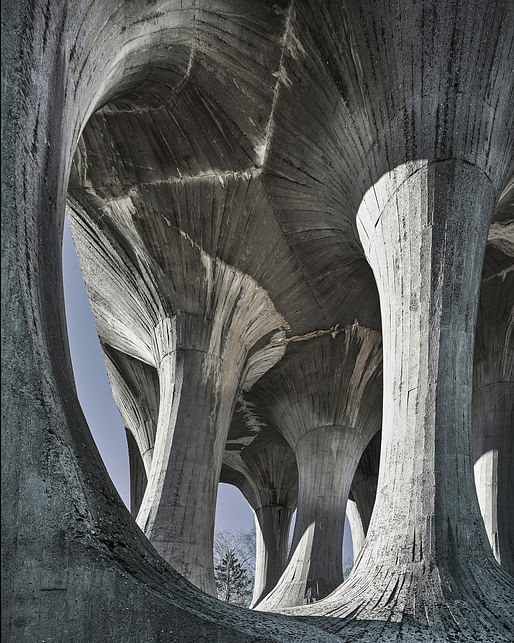
Živa Baraga and Janez Lenassi. Monument to the Fighters Fallen in the People’s Liberation Struggle. 1965. Ilirska Bistrica, Slovenia. Photo: Valentin Jeck, commissioned by The Museum of Modern Art, 2016.
“Toward a Concrete Utopia: Architecture in Yugoslavia, 1948–1980” will be open through January 13, 2019.
Some current competitions on Bustler that may interest you...
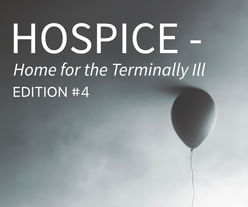
Hospice - Home for Terminally Ill #4
Register by Wed, Jan 15, 2025
Submit by Mon, Jun 16, 2025

Ceramics of Italy Tile Competition
Register/Submit by Fri, Feb 14, 2025

2025 Steel Design Student Competition
Register by Wed, Apr 9, 2025
Submit by Wed, Jun 4, 2025

Museum of Emotions / Edition #6
Register by Thu, Jan 23, 2025
Submit by Tue, Apr 29, 2025















2 Comments
Excellent selection of imagery - my favorite of yours so far :)
MoMA seems to reflect the current dark age of the present--modernism not as progressive present but a historical lost past.